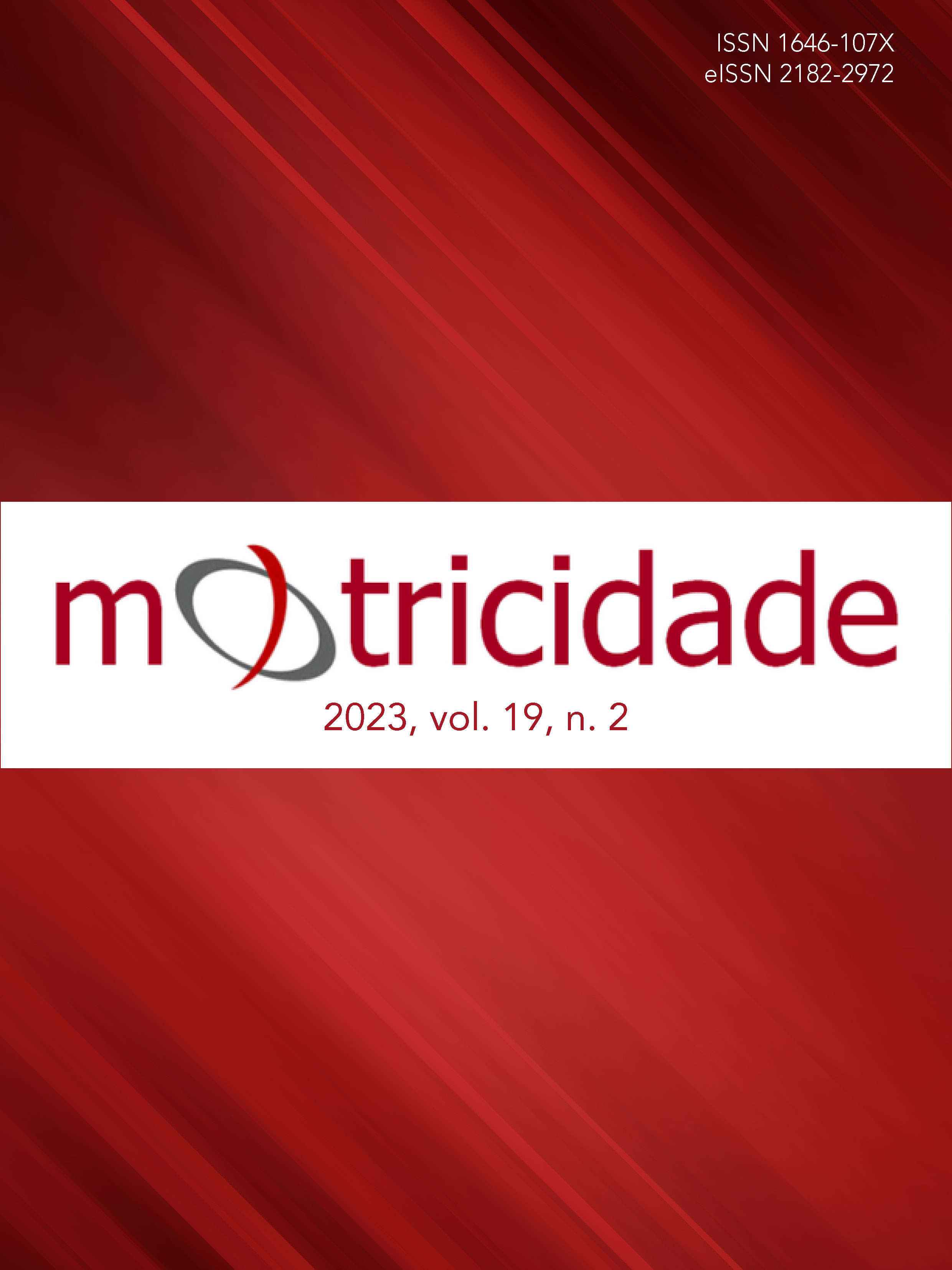Association between scholar's motor proficiency and the opportunities for movement offered in their neighbourhood
DOI:
https://doi.org/10.6063/motricidade.24575Keywords:
environment, neighbourhood, motor performanceAbstract
This study aims to evaluate motor proficiency in the neighbourhood environment in children aged six to ten. The sample was constituted of 397 children. The Motor Proficiency Test from Bruininks-Oseretsky-BOT-2 was used to evaluate motor performance. In the neighbourhood environment, it was used a questionnaire elaborated by the researchers. The Criteria of Economic Classification Brazil (CCEB-ABEP) was used to classify the socioeconomic level. In the group comparisons, the Kruskall-Wallis and Mann-Whitney U tests were used, and the Chi-square test was used for the association. The results demonstrated that 68,3% of the children are inside the average for their age in global motor development. When comparing motor proficiency with the socioeconomic classes, a significant statistical difference was found between fine motor coordination, body control, strength and agility and global motor coordination. A relation was found between using ATI and global motor coordination, Square/Playground with body control and global motor coordination, and clubs/private schools with CMA, FO-AGI and DMG. It was concluded that the neighbourhood environment of the area where the child lived in the city of Maringá is not associated with motor proficiency. On the other hand, the socioeconomic level is so much associated with motor proficiency that belonging to the lower socioeconomic class disfavoured the performance of the evaluated children. In relation to the characteristics of the neighbourhood, frequenting opened and public spaces such as sidewalks and streets did not result in higher motor proficiency, but spaces with equipment, such as the ATI, square/playgrounds, sports centres/sports courts and clubs/private schools.
Downloads
Published
Issue
Section
License
The authors of submitted manuscripts must transfer the full copyright to Journal Motricidade / Sílabas Didáticas Editions. Granting copyright permission allows the publication and dissemination of the article in printed or electronic formats, and copyrights start at the moment the manuscript is accepted for publication. It also allows Journal Motricidade to use and commercialise the article in terms of licensing, lending or selling its content to indexation/abstracts databases and other entities.
According to the terms of the Creative Commons licence, authors may reproduce a reasonable number of copies for personal or professional purposes, but without any economic gain. SHERPA/RoMEO allows authors to post a final digital copy (post-printing version) of the article on their websites or on their institutions' scientific repository.


